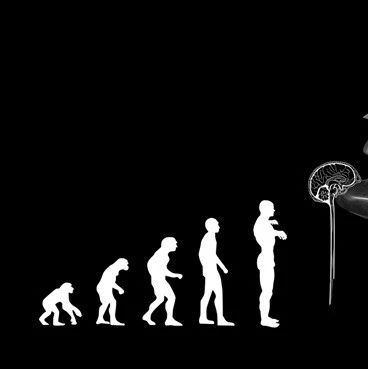导读:最近,美国加州大学欧文分校发育遗传学与代谢中心识别出了600多种来自肝脏的代谢物,经过分析发现,其中约60%依赖身体的生物钟节奏,大大高于人们的预期。相比之下,只有15%的基因会受生理节奏调控。

研究人员指出,这一发现有助于解释一些代谢类疾病的生理因素,帮人们找出最佳饮食和服药方式等。相关论文预先发表在《美国国家科学院院刊》网站上。
生物体通过新陈代谢作用分解吃下去的食物,释放出能量并生成代谢产物,维持着细胞健康并促进其生长。但氨基酸、碳水化合物、脂肪等基本物质的消化吸收,很大程度上受到生物钟的控制。生理节奏每天24小时控制着基本的生理反应。
论文领导作者、发育遗传学与新陈代谢中心主管保罗·萨珊-科西说,这些肝脏代谢产物揭示了身体生物钟是怎样通过生理节奏基因来编排代谢物和信号蛋白之间的相互作用的,就像指挥一曲交响乐,编排好哪个声部该在什么时间响起。“代谢物和信号蛋白就像交响乐中的号乐和弦乐,它们之间需要完美协调,在人体中这由生物钟来调控。”
研究人员推测,一些外部信号,如白天、黑夜的光线模式,或者影响生理机制的食物等,好像能严重破坏细胞内代谢物及它们与信号蛋白之间的固定生理节奏。改变环境或改变应该在一天中某个恰当时间执行的某项特殊身体功能,就会打乱生理周期,严重影响人体健康。
“正常的新陈代谢对人体至关重要,代谢物和身体生物钟之间的关系对人类疾病和老化有着深远影响。”萨珊-科西说,找出这种关系有助于解释肥胖、胆固醇偏高、糖尿病等代谢类疾病的一些基本生理因素,还能帮人们改善饮食制度,制定最优服药计划以获得最大效果。
他们还与Metabolon公司合作获得了第一套完整的肝代谢组,并利用这些信息建立了一个“生理节奏组学”网络数据系统,提供了详细的肝脏代谢物及相关基因的资料。合作开发网站的加州大学欧文分校基因组学与生物信息学院计算机科学教授皮埃尔·波蒂说,在该网站内,我们结合生理节奏代谢数据和其他多种数据源,生成了第一个肝脏代谢物及其生理节奏波动综合图谱,并提出了一种调解假说,这对进一步理解健康和疾病状态下的新陈代谢和生理节奏之间的相互作用具有重要价值。

Coordination of the transcriptome and metabolome by the circadian clock
Kristin L. Eckel-Mahan, Vishal R. Patel, Robert P. Mohney, Katie S. Vignola, Pierre Baldi, and Paolo Sassone-Corsi
The circadian clock governs a large array of physiological functions through the transcriptional control of a significant fraction of the genome. Disruption of the clock leads to metabolic disorders, including obesity and diabetes. As food is a potent zeitgeber (ZT) for peripheral clocks, metabolites are implicated as cellular transducers of circadian time for tissues such as the liver. From a comprehensive dataset of over 500 metabolites identified by mass spectrometry, we reveal the coordinate clock-controlled oscillation of many metabolites, including those within the amino acid and carbohydrate metabolic pathways as well as the lipid, nucleotide, and xenobiotic metabolic pathways. Using computational modeling, we present evidence of synergistic nodes between the circadian transcriptome and specific metabolic pathways. Validation of these nodes reveals that diverse metabolic pathways, including the uracil salvage pathway, oscillate in a circadian fashion and in a CLOCK-dependent manner. This integrated map illustrates the coherence within the circadian metabolome, transcriptome, and proteome and how these are connected through specific nodes that operate in concert to achieve metabolic homeostasis.
文献链接:https://www.pnas.org/content/early/2012/03/14/1118726109.abstract








